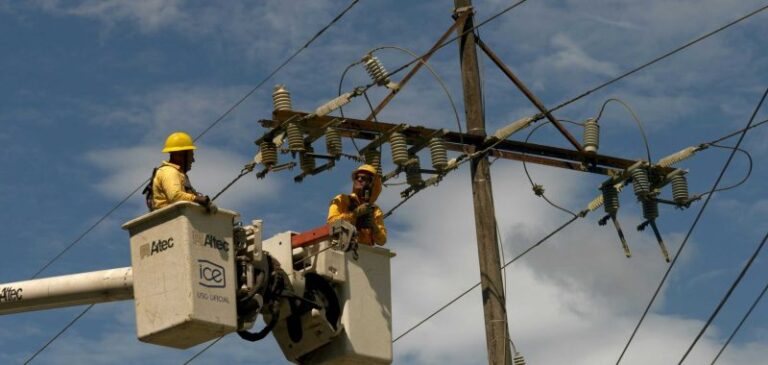Futures trading is a sophisticated financial strategy where investors agree to buy or sell an asset at a predetermined price on a specific future date. Unlike traditional investing, which involves buying assets for long-term appreciation, futures trading allows participants to speculate on price movements or hedge against potential risks. This market attracts traders due to its high liquidity, leverage opportunities, and the ability to profit in both rising and falling markets.
The primary instruments in futures trading are contracts that represent commodities, indices, currencies, or other financial assets. Each contract specifies the quantity, quality, and delivery date of the underlying asset. For example, a trader might buy a crude oil futures contract expecting oil prices to rise, or sell wheat futures to protect against falling prices. Futures exchanges, such as the Chicago Mercantile Exchange (CME), standardize these contracts, ensuring transparency, liquidity, and reduced counterparty risk.
One of the key advantages of futures trading is leverage. Traders can control a large position with a relatively small margin, amplifying potential profits. However, leverage also magnifies losses, making risk management essential. Successful futures traders often use stop-loss orders, position sizing, and careful market analysis to manage exposure. Understanding market fundamentals, such as supply and demand, geopolitical events, and macroeconomic indicators, is crucial for predicting price movements.
Futures trading also plays an important role in hedging. Producers and consumers of commodities can lock in prices to stabilize revenue or costs. For example, a farmer may sell corn futures to secure a guaranteed selling price, while an airline company might buy fuel futures to hedge against rising oil prices. This hedging function makes futures markets integral to the global economy, providing stability and risk management for businesses.
Technical analysis is another widely used tool in futures trading. Traders analyze historical price charts, identify trends, and use indicators like moving averages, RSI, and MACD to forecast potential price movements. Combining technical strategies with fundamental analysis enhances decision-making and improves the probability of profitable trades.
If you need any kind of information on this article related topic click here : YEX Exchange
While futures trading offers significant opportunities, it also carries high risks. Price volatility, leverage, and market unpredictability can result in substantial losses, particularly for inexperienced traders. Therefore, education, practice, and disciplined trading strategies are critical to success. Many traders start with simulation accounts before committing real capital, gradually building experience and confidence.
In conclusion, futures trading is a dynamic and versatile financial market that allows traders to speculate, hedge, and manage risk across a wide array of assets. With proper knowledge, analysis, and risk management, it can be a powerful tool for achieving financial goals. However, the combination of leverage and market volatility demands careful planning and disciplined execution to succeed over the long term. Understanding the mechanics of futures contracts, market dynamics, and strategic trading methods is essential for anyone looking to navigate this complex yet rewarding market.




